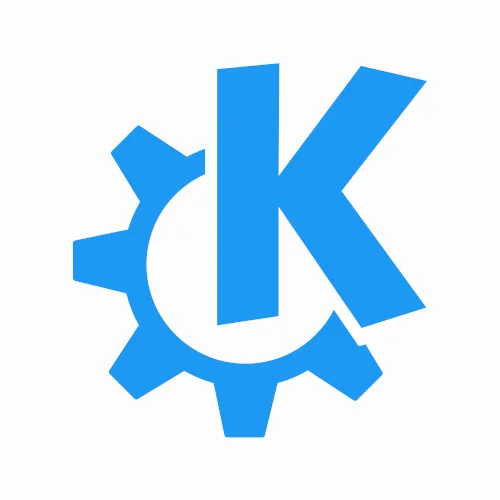What's Being Brewed For KDE's Plasma Active

Some of the key notes from Aaron's blog post include:
- More code sharing will come between the different KDE workspaces.
- "So when we make the move to libplasma2 as part of Frameworks 5, we'll be ready for the move away from QGraphicsView and into QML scene graph without hiccups for the user or our development teams. Yes, this means that the next major version of Plasma is going to be somewhat unexciting. We can't promise the fireworks of the 4.0 release."
- More (optional) OpenGL usage is coming. "For those who have OpenGL capable hardware and reasonable drivers, this will give them a fully hardware accelerated desktop. In such environments, we'll also have the ability to use fancy things like OpenGL shaders to achieve visual effects and usability concepts we can't do right now."
- In terms of the Plasma Active experience, they will not be exposing the hierarchical file-system and they also don't want to expose details that are irrelevant to the usage of the device. In terms of irrelevant details, the example Seigo used, was that it's not important to say the spreadsheets program is called Calligra Sheets. "No file system, no application launchers."
- Plasma Active 4 will be the last release that is based on KDE Platform 4. This is also the version of Plasma Active to be shipped on the KDE Vivaldi Tablet. KDE Plasma Active 5 will thus be based on KDE Frameworks 5, which means Qt 5 and QML Scene Graph. By using Qt 5, Plasma Active 5 should be Wayland-friendly.
- Aaron Siego says, "2013 will be a really great time for Plasma Active."
11 Comments

